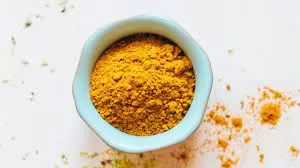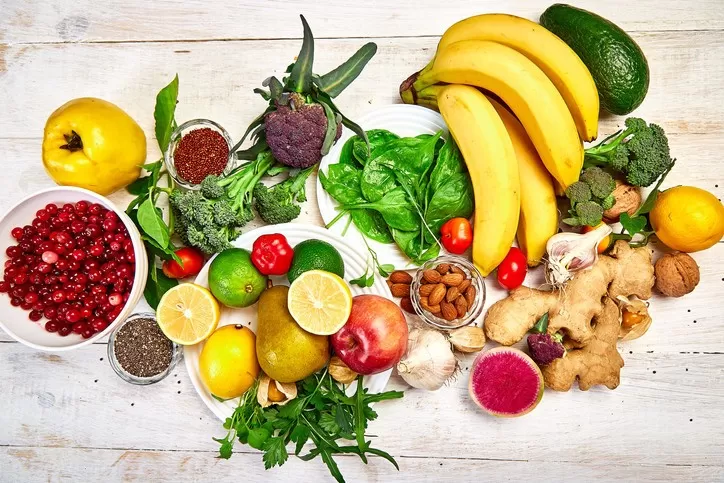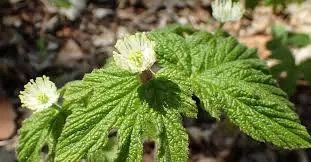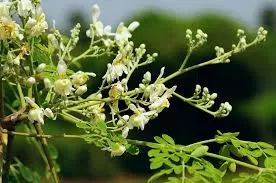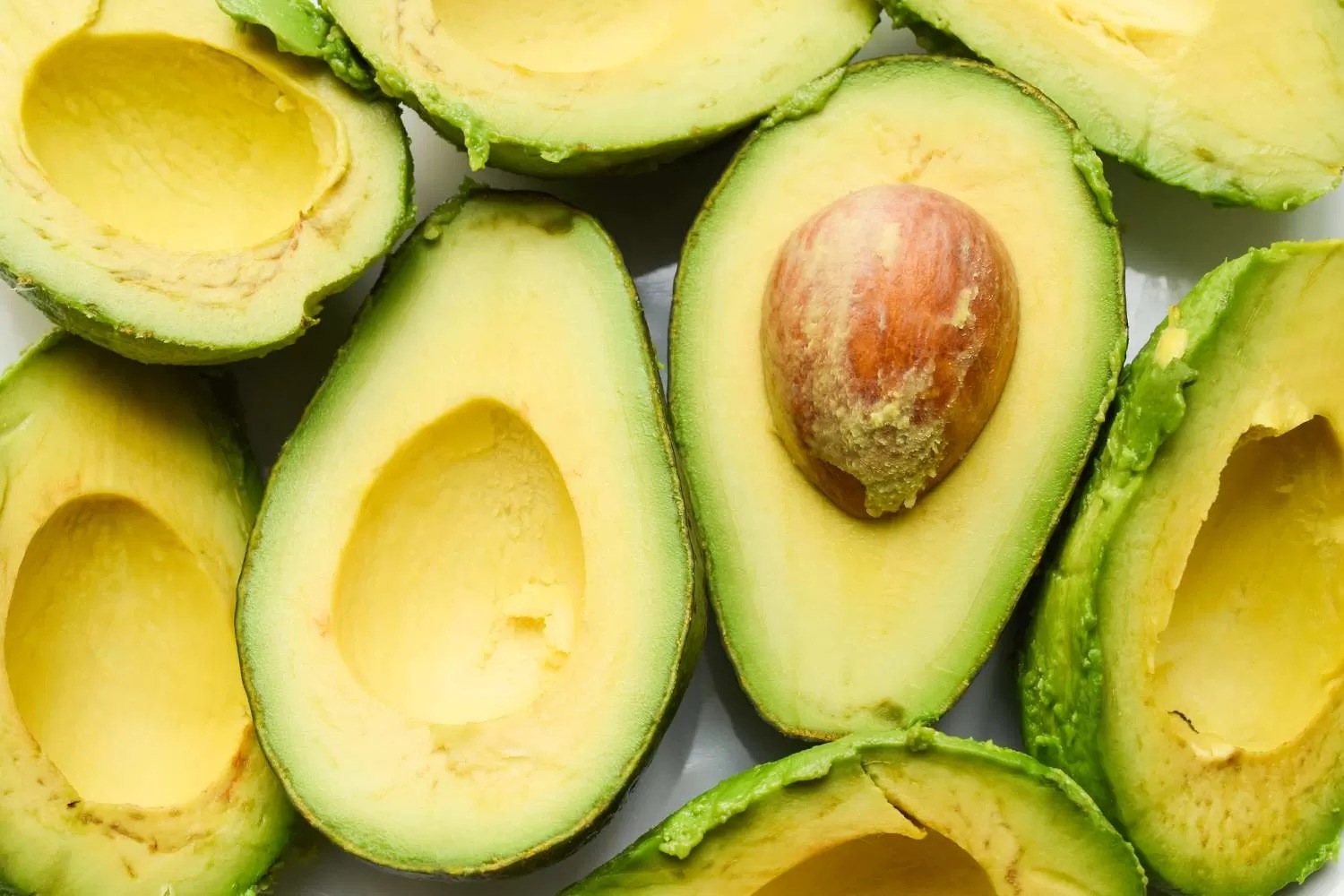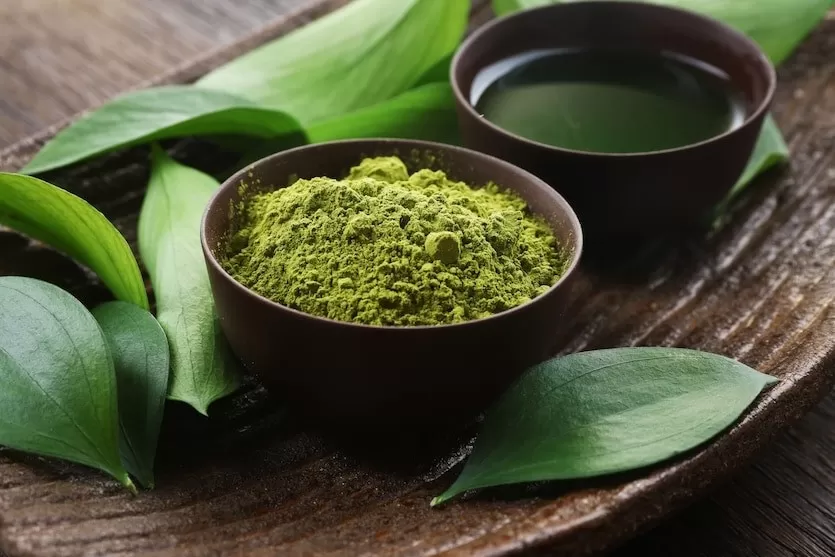- 0086-571-85302990
- sales@greenskybio.com
Bay Leaves: Varieties, History and Health Benefits
2025-05-20
For centuries, bay leaves (Laurus nobilis) have been a subtle yet essential ingredient enhancing both culinary creations and traditional remedies. Widely used in Mediterranean, Indian, and Caribbean cuisines, these aromatic leaves offer much more than just flavor enhancement. Their rich composition of antioxidants, anti-inflammatory compounds, and digestive aids positions them as a significant contributor to wellness. As functional foods gain popularity, the multifaceted benefits of bay leaves are garnering renewed interest from researchers and chefs alike, who recognize their value in both the kitchen and for health purposes.
Common Names and Varieties
Bay leaves are derived from the evergreen bay laurel tree native to the Mediterranean region. Known by several names such as sweet bay, bay laurel, and simply laurel leaves, these herbs vary in nomenclature depending on the region. In India, they are referred to as tej patta, while the Caribbean might call them West Indian bay leaves (Pimenta racemosa), a related species with a more robust flavor. True bay leaves (Laurus nobilis) are distinguished by their oval shape, glossy dark green color when fresh, and leathery olive-green texture when dried. Their taste is subtly floral and slightly bitter, reminiscent of oregano and thyme, yet uniquely complex. Unlike many herbs, bay leaves are rarely consumed whole; they are steeped in dishes to infuse flavor and removed before serving, ensuring they enhance without dominating.
A Historical Powerhouse: From Rituals to Kitchens
The historical significance of bay leaves is profound. They symbolized wisdom and victory in ancient Greece and Rome, adorning the heads of emperors, scholars, and Olympic champions in the form of laurel wreaths. The term "baccalaureate" originates from the Latin "bacca laureus," meaning "laurel berry," underscoring its association with academic achievement. Beyond symbolism, bay leaves were esteemed for their medicinal properties. Ancient figures like Hippocrates used them to relieve aches and aid digestion. Medieval herbalists brewed bay leaf teas to treat respiratory ailments. Modern science now confirms many of these traditional uses, identifying compounds such as eugenol, linalool, and parthenolide that impart anti-inflammatory and antimicrobial effects.
More than Just a Flavor Booster: Health Benefits of Bay Leaves
Research reveals bay leaves' substantial health benefits. A 2014 study in the Journal of Clinical Biochemistry and Nutrition found that daily consumption of bay leaves significantly lowered blood glucose and cholesterol levels in Type 2 diabetes patients. Participants ingesting 1-3 grams of powdered bay leaf with meals over 30 days experienced marked improvements in metabolic markers. This aligns with historical uses of bay leaves as digestive aids and blood sugar regulators. Additional studies highlight other health benefits including:
Digestive Aid: Bay leaves stimulate digestive enzymes that break down food, reducing bloating and indigestion.
Anti-Inflammatory Properties: Compounds like eugenol help alleviate inflammation, offering potential relief for conditions such as arthritis.
Heart Health: Nutrients like rutin and caffeic acid within the leaves support cardiovascular function.
Antimicrobial Effects: Bay leaf extracts combat bacteria and fungi, beneficial for natural food preservation.
Respiratory Relief: Steam infused with bay leaves can clear congestion, a remedy still favored in aromatherapy.
Culinary Uses of Bay Leaves
Bay leaves are integral to slow-cooked dishes, where their flavor intensifies over time. Classic recipes featuring bay leaves include:
Beef Bourguignon: A French stew where bay leaves meld with red wine, mushrooms, and herbs.
Indian Biryani: Whole bay leaves are fried in ghee (clarified butter) to release aroma before layering with rice and spices.
Mediterranean Tomato Sauce: Simmered with garlic, basil, and bay leaves for a rich, layered taste.
Jamaican Jerk Marinade: West Indian bay leaves add a peppery depth to this spicy marinade.
Chicken Soup: A single bay leaf enhances broth with earthy, herbal notes.
Due to their tough and fibrous nature, bay leaves are typically added at the start of cooking and removed before serving. Ground bay leaf is less common but can be included in spice blends like garam masala.
A Timeless Superfood Worth Rediscovering
Bay leaves may not be as prominent as kale or turmeric in health headlines, but their long-standing presence in global cuisines and traditional medicine speaks volumes. Whether enriching a slow-cooked stew or brewed into tea for digestive comfort, this understated herb yields significant health benefits. As modern science continues to affirm ancient wisdom, bay leaves emerge as both a culinary jewel and a functional superfood—proof that understated ingredients often harbor the most profound benefits.
-
Goldenseal: A Historic Herbal Remedy at Risk
2025-05-20






